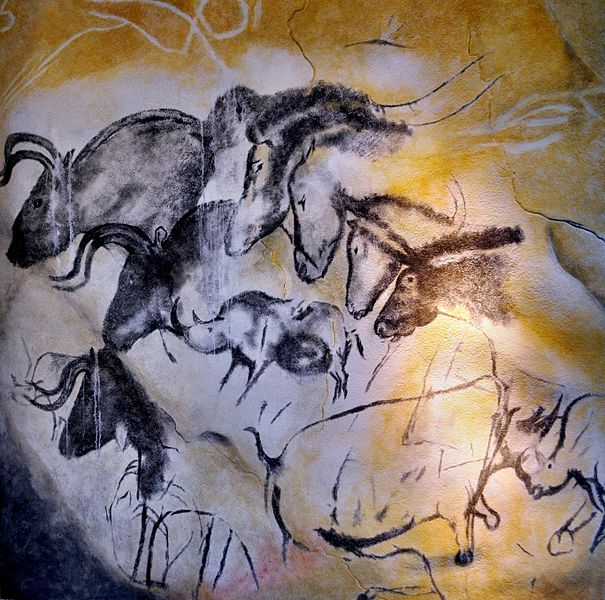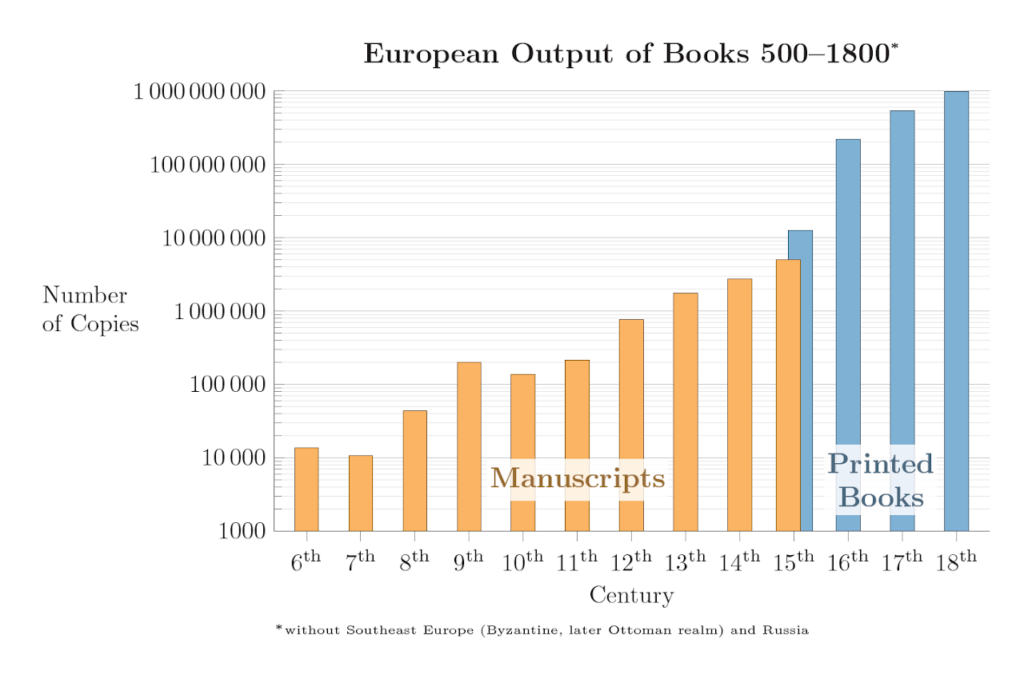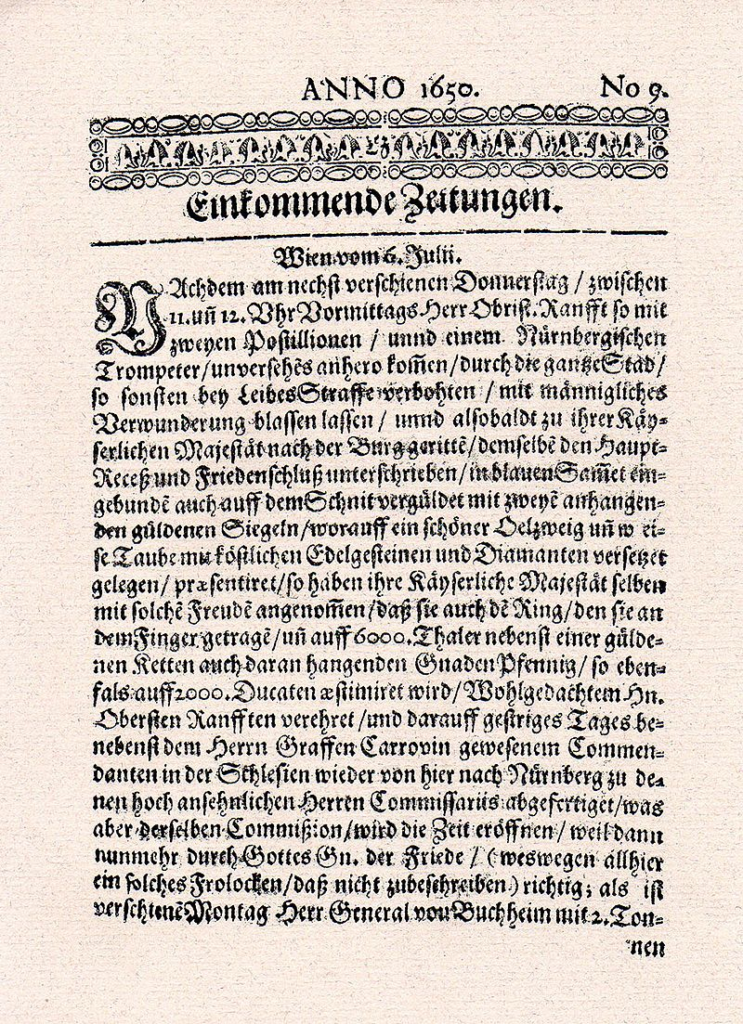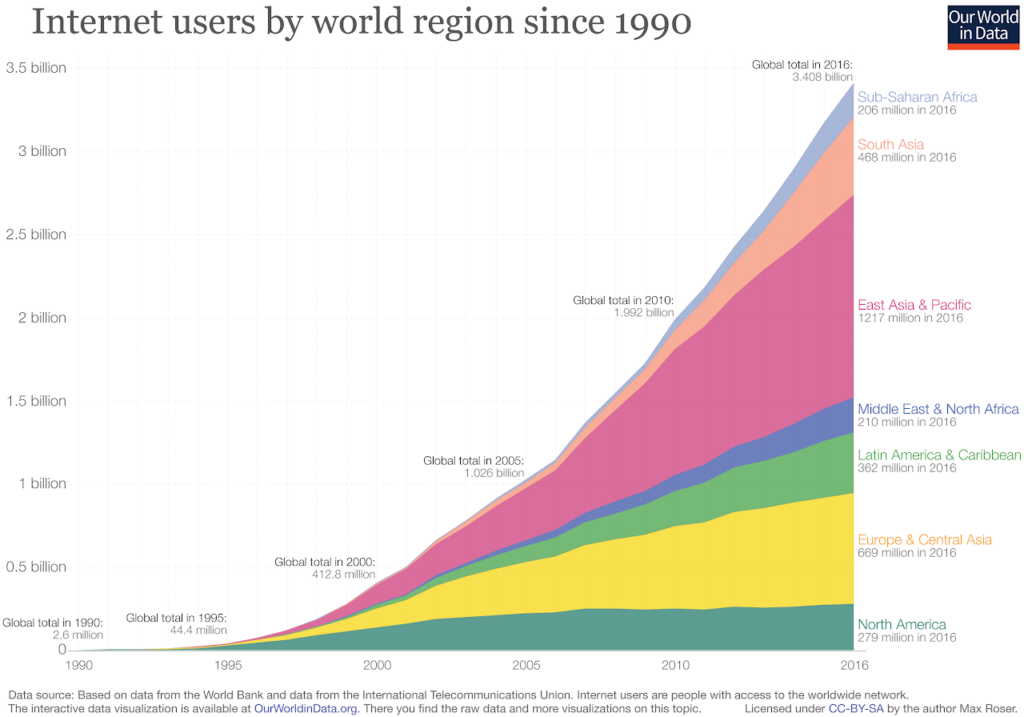Communication
Human language has been a successful adaptation throughout evolutionary history because it has allowed information, knowledge and technology to be transmitted very accurately and efficiently between humans. The need to learn more and more complex tool making has possibly been an important selection factor for human language and the cognitive abilities it requires. For most of the history of our species, people have communicated through direct contact: starting with gestures, eye contact, and facial expressions.
Many anthropologists suggest that human language must have started with pointing, other gestures, and eye contact – how else would two or more people come to a mutual understanding of what they are communicating about (since they did not have this mutual understanding based on instincts)? Over time, sounds were probably used along with gestures (eg, “here,” “there,” “like this,” “no,” “yes”, “you”…), and finally, the sounds themselves became meaningful (e.g. in order to have hands free for other things, or if you could not see others).
Only relatively recently have people in different regions begun to record language and meaning, first through cave paintings some 30,000 years ago, then through the use of writing some 5,000 years ago. Important texts were handwritten, and few people had access to them. In the 11th – 14th centuries, the first printed books appeared in Asia. With the invention of printing in 1440 in Germany, the distribution of printed books in Europe increased rapidly. The first daily newspaper of the world appeared in 1650 in Leipzig, Germany – in the history of our species practically only “yesterday”! Today, information can be communicated through the Internet across the globe within seconds. Within 20 years, half of the world’s population has gained access to the Internet.
What impact will these developments in communication have on the future evolution of our species?
How will we communicate and exchange information in the future?

Ca 30 000 years old cave painting at Chauvet cave, France. Image source.





